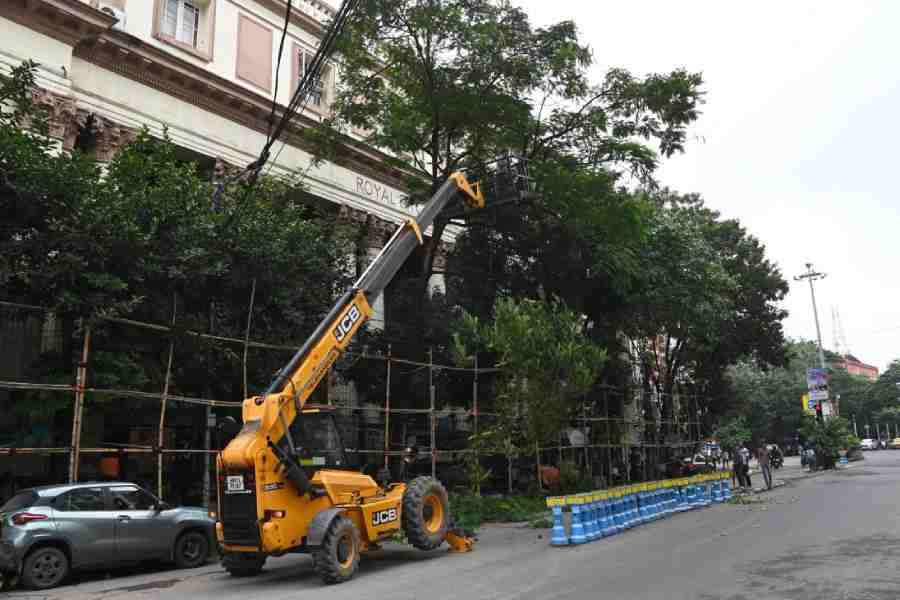It is a sound that I have come to dread. The high-pitched whirring of a chainsaw. It usually bodes that I will encounter the sight of a fallen tree. The alarming frequency with which I am noticing elderly trees that have fallen getting mercilessly chopped up has compelled me to write this.
Climate change and its adverse impacts on our lives have begun to worry most of us. Trees can be an ally for coping with the looming climate crisis. There are committed individuals and organisations trying — against all odds — to protect trees. There are laws that are meant to protect them. Yet, something clearly is amiss.
A few years ago, a family in our colony WhatsApp group wanted the branches of a tree to be ‘pruned’ because they were blocking sunlight for potted plants on the balcony. Stray voices that questioned the need for such pruning were quickly dismissed. The result was a mindless hacking of trees in the locality. A resident filed a complaint with the forest department against the Resident Welfare Association. Investigations by forest department officials revealed that tree protection laws had been violated; the RWA was ordered to pay a hefty fine.
The responses in the WA group were revealing. Some vocal residents began baying for the complainant’s blood — angry about the additional financial burden imposed on them. The fact that the fine had been imposed because laws had been violated was ignored. The RWA representatives justified their actions as a pious act, claiming that the wood collected after the ‘pruning’ is sent to crematoriums.
My own attempts at engaging with a neighbour were met with whataboutery. I was asked why I had not raised my voice against the felling of hundreds of trees for the redevelopment of certain parts of Lutyens’ Delhi. When I pointed out that in the last five years, more than 10 elderly trees have fallen in our colony and that ill-treatment in the name of ‘regular pruning’ could be a possible cause, I was told that many saplings have also been planted. I tried to explain that ecosystem services provided by an elderly tree are way more than what hundreds of saplings can provide, but I could sense that my neighbour had stopped listening.
Some tree activists I have come to know revealed that such public responses concerning trees are not unusual. The incident reminded me of a gardener’s exasperation in a housing society where I used to live many years ago. A neighbour had been demanding that a young tree be cut because it attracted birds whose calls affected the family’s afternoon siesta!
The malaise lies in our deep disconnect from our natural environment. There is an almost all pervasive ‘tree blindness’ that seems to afflict us. We may notice the greenery but usually have little or no idea about the different species of trees around us. We may see flowers in bloom, but have no clue whether the trees are native or exotic.
According to some estimates, 75% of India’s urban infrastructure by 2050 is yet to be built. Indian cities are already struggling with severe challenges like water shortage, air pollution, urban heat island effects and so on. If our fundamental understanding of urban infrastructure remains as it is today, I shudder to imagine the dystopian landscape that children of that era will assume to be ‘natural’.
As individuals, there is little that we can do to address a complex global challenge like climate change. Getting acquainted with trees in our neighbourhood and allowing them to thrive can be one way for us to reclaim a different future for our children.











